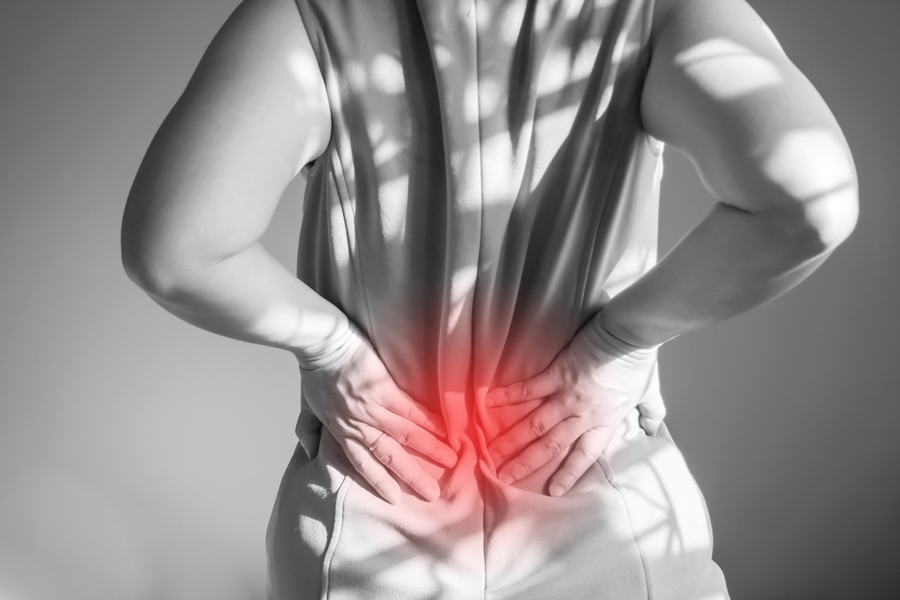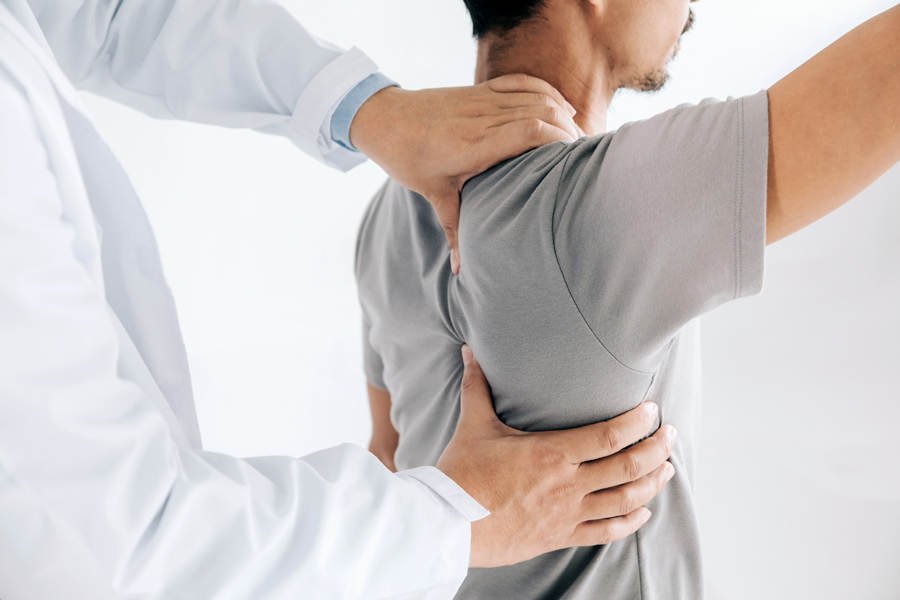
Myofascial pain and muscle spasm is pain caused by inflammation and irritation to the muscles in your body. This may occur after repetitive motion, exercise, or overworked muscles that did not have the proper time to heal and recover.
Symptoms
Symptoms are typically described as pain in certain areas, “knots,” or “trigger points. Fortunately the prognosis for myofascial pain/muscle spasm is very good. Most with this condition do well with conservative treatments such as physical therapy, therapeutic exercises, stretches as well as focus on a healthy and balanced diet.
Pain of the muscle or the area surrounding the muscle is the most common symptom. Patients oftentimes describe it as a deep ache or “trigger points” that when pressed on, cause significant pain and tenderness. These “trigger points” or muscle spasms usually start in one area of the body. However, over time, the pain and spasms may spread/radiate to surrounding areas.

What Causes Myofascial Pain?
Myofascial pain may develop from a muscle injury or from excessive strain on a particular muscle or muscle group, ligament or tendon. Other causes include:
- Injury to muscle fibers
- Repetitive motions
- Lack of activity (such as having a broken arm in a sling)

How is Myofascial Pain Treated?
Physical therapy is a very important part of the recovery from myofascial pain/spasm. First, the focus is on reducing pain while maintaining or regaining range of motion. After the pain is reduced, gradual strengthening of the injured areas begins to regain normal strength.
Each patient is unique so incorporating an individualized program of regular cardiovascular exercise and stretching is very important and one of the most effective treatment modalities for myofascial pain syndrome.

Exercise and stretching allows your muscles to oxygenate and recover through increased blood flow. Regular exercise and stretches also prevents deconditioning and breakdown of your muscles. Activities such as brisk walking, swimming or bicycling is highly recommended. Whereas extreme/vigorous exercise can actually cause or worsen current symptoms. High-level and spine-specialized physical therapy in conjunction with their different techniques such as laser therapy, manual manipulation and trigger point dry needling is also highly recommended as a treatment option.
If you have suffered myofascial pain/spasm, Contact Us Today at Health Plus Physical Therapy & Rehabilitation Center, Edison, NJ as soon as possible to start feeling relief and getting back to normal activities.
